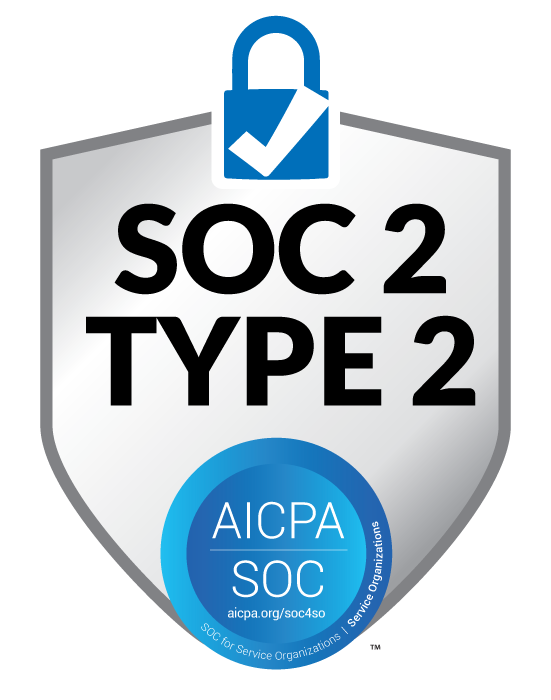Overview
As agentic AI—systems where AI agents autonomously perform tasks and make decisions—continues to transform industries, the need for standardized frameworks to orchestrate and deploy these agents has become critical. Two prominent initiatives addressing this challenge are the LangChain Agent Protocol and the Open Agents initiative, particularly through the AGNTCY collective. This blog post compares these frameworks across key dimensions to help developers, architects, and enterprise decision-makers choose the right approach for their agentic AI needs. We’ll also explore how platforms like Lowtouch.ai, which focuses on no-code agent orchestration, can align with these standards to build scalable, interoperable solutions.
The Rising Need for Standardized Agent Orchestration Frameworks
The rise of agentic AI has ushered in a new era of automation, enabling tasks from customer support to complex workflow management. However, as the number of AI agents and frameworks grows, so does the challenge of ensuring they can communicate, collaborate, and scale effectively. Without standardized protocols, agents built on different frameworks—such as LangChain, AutoGen, or CrewAI—struggle to interact, leading to fragmented ecosystems and missed opportunities for synergy.
- Why Standardization Matters: Standardized frameworks ensure that agents can discover, communicate with, and orchestrate each other, regardless of their underlying architecture. This is crucial for building multi-agent systems that can handle complex, real-world tasks.
- The Role of Frameworks: Agent orchestration frameworks provide the structure needed to manage agents, define their interactions, and ensure reliable performance in production environments. As LLM-based agents become mainstream, these frameworks are essential for scaling AI systems across diverse use cases.
What Is the LangChain Agent Protocol?
The LangChain Agent Protocol is a standardized interface for agent communication, developed by LangChain, a leading framework for building LLM-based applications. It aims to codify framework-agnostic APIs for serving LLM agents in production, focusing on three core components:
- Runs: APIs for executing an agent, designed to be stateless for independent operations.
- Threads: APIs for managing multi-turn interactions, enabling conversational or sequential workflows.
- Store: APIs for long-term memory, allowing agents to persist and retrieve information over time.
Strengths
- Python Ecosystem Integration: Seamlessly integrates with LangChain’s extensive toolkit, making it ideal for teams already using LangChain for LLM-based applications.
- Tool Abstraction: Provides a high level of abstraction for tools, allowing developers to focus on agent logic rather than tool implementation details.
- Prompt-Driven Execution: Leverages LangChain’s robust prompt engineering capabilities, enabling flexible and powerful agent behavior.
Drawbacks
- Tightly Coupled to LangChain: Its deep integration with LangChain’s ecosystem may limit its compatibility with other frameworks or tools.
- Opinionated Design: The protocol reflects LangChain’s specific design choices, which may not align with all use cases or preferences.
For more details, see the LangChain Agent Protocol documentation.
What Are Open Agents?
The Open Agents initiative, particularly through the AGNTCY collective, is a community-driven effort to create interoperable, decentralized, and LLM-agnostic agent standards. Launched by a coalition of tech companies including Cisco, LangChain, LlamaIndex, Galileo, and Glean, AGNTCY aims to build an “Internet of Agents” where AI systems can seamlessly connect and collaborate across platforms and organizations.
Vision
- Interoperability: Enable agents from different vendors and frameworks to work together seamlessly.
- Decentralization: Foster a decentralized ecosystem where agents can operate independently yet collaborate when needed.
- LLM-Agnostic: Support a variety of large language models, avoiding dependency on any single provider.
Architecture
- Agent Identity: Uses decentralized technologies to manage and verify agent identities, ensuring secure and trustworthy interactions.
- Open Agent Schema Framework (OASF): An extensible data model based on OCI standards for describing agent attributes and ensuring unique identification.
- Agent Connect Protocol (ACP): Facilitates secure and efficient communication between agents, enabling collaboration across frameworks.
- Scalability: Designed to support a growing number of agents and interactions using cloud-native stacks.
- Standardization: Develops standardized data models and schemas for consistent data representation across the ecosystem.
AGNTCY focuses on event-driven communication, graph-based workflows, and tool-agnostic actions, aiming to create a comprehensive infrastructure for multi-agent systems. For more information, visit AGNTCY’s official site.
Comparison: LangChain Agent Protocol vs Open Agents (AGNTCY)
The following table compares the two frameworks across key dimensions:
| Dimension | LangChain Agent Protocol | Open Agents (AGNTCY) |
|---|---|---|
| Architecture Design | Focuses on standardizing agent communication with APIs for Runs, Threads, and Store. Narrowly focused on execution and memory management. | Comprehensive infrastructure for multi-agent systems, including identity management, schema standardization, and connection protocols. |
| Extensibility & Modularity | Extensible as a protocol but tied to LangChain’s ecosystem, limiting modularity with other frameworks. | Highly modular and extensible, supporting diverse tools and services from various providers. |
| Tool Ecosystem Support | Strong within LangChain’s ecosystem but limited outside. | Vendor-agnostic, encouraging a broad, diverse tool ecosystem. |
| Deployment Flexibility | Can be deployed in various environments but requires LangChain infrastructure. | Cloud-native and scalable, supporting deployment across different clouds and on-premises environments. |
| Community Support & Governance | Strong within LangChain’s user base; centralized governance around LangChain. | Backed by a coalition of tech companies (e.g., Cisco, Dell, Google Cloud); decentralized governance. |
| Enterprise Applicability | Suitable for enterprises already using LangChain or seeking quick standardization within their stack. | Ideal for large enterprises needing interoperability across diverse AI ecosystems and vendors. |
Use Case Fit & Enterprise Relevance
LangChain Agent Protocol
- Ideal For: Teams already invested in the LangChain ecosystem or looking for a straightforward way to standardize agent communication within their existing infrastructure.
- Use Cases:
- Prototyping agentic systems quickly using LangChain’s tools.
- Building conversational agents that leverage LangChain’s prompt engineering capabilities.
- Integrating with LangChain’s extensive toolset for tasks like data retrieval or API interactions.
- Enterprise Relevance: Best for organizations that prioritize rapid development within a single ecosystem and are comfortable with LangChain’s opinionated design.
Open Agents (AGNTCY)
- Ideal For: Organizations seeking modular, interoperable agent systems that can scale across different clouds and integrate with a variety of tools and services.
- Use Cases:
- Large-scale enterprise automation requiring collaboration between agents from different vendors.
- Multi-vendor agent orchestration for complex workflows, such as supply chain management or customer service automation.
- Building decentralized AI ecosystems that support diverse LLMs and tools.
- Enterprise Relevance: Suited for large enterprises with heterogeneous AI environments, needing scalability, security, and interoperability.
How Lowtouch.ai Aligns with Interoperable Agent Infrastructure
Lowtouch.ai, which builds a no-code agent orchestration platform for enterprise automation, can significantly benefit from aligning with open, interoperable standards like those proposed by AGNTCY. By adopting AGNTCY’s protocols, Lowtouch.ai can:
- Enable users to connect and orchestrate agents from various vendors and frameworks, enhancing platform versatility.
- Appeal to enterprises with diverse AI ecosystems by supporting a wide range of tools and services.
- Ensure scalability and flexibility for deploying agents across different cloud and on-premises environments.
Lowtouch.ai’s no-code approach aligns well with AGNTCY’s vision of an “Internet of Agents,” where agents can be easily discovered, connected, and managed. By embracing open standards, Lowtouch.ai can position itself as a leader in democratizing agentic AI for non-technical users while meeting the needs of enterprise-scale deployments.
Conclusion
Both the LangChain Agent Protocol and Open Agents (AGNTCY) offer valuable approaches to standardizing AI agent interactions, but they cater to different needs. The LangChain Agent Protocol is ideal for teams deeply invested in the LangChain ecosystem, providing a seamless way to standardize agent communication. In contrast, AGNTCY offers a broader, interoperable solution for enterprises seeking to build scalable, multi-vendor agent systems. The choice between them depends on your specific use case, existing infrastructure, and long-term strategic goals.
As the field of agentic AI evolves, staying informed about these frameworks will help you build robust, scalable, and interoperable AI systems. Subscribe to our newsletter for more insights and updates on AI agent technologies.
FAQ
About the Author

Rejith Krishnan
Rejith Krishnan is the Founder and CEO of lowtouch.ai, a platform dedicated to empowering enterprises with private, no-code AI agents. With expertise in Site Reliability Engineering (SRE), Kubernetes, and AI systems architecture, he is passionate about simplifying the adoption of AI-driven automation to transform business operations.
Rejith specializes in deploying Large Language Models (LLMs) and building intelligent agents that automate workflows, enhance customer experiences, and optimize IT processes, all while ensuring data privacy and security. His mission is to help businesses unlock the full potential of enterprise AI with seamless, scalable, and secure solutions that fit their unique needs.




